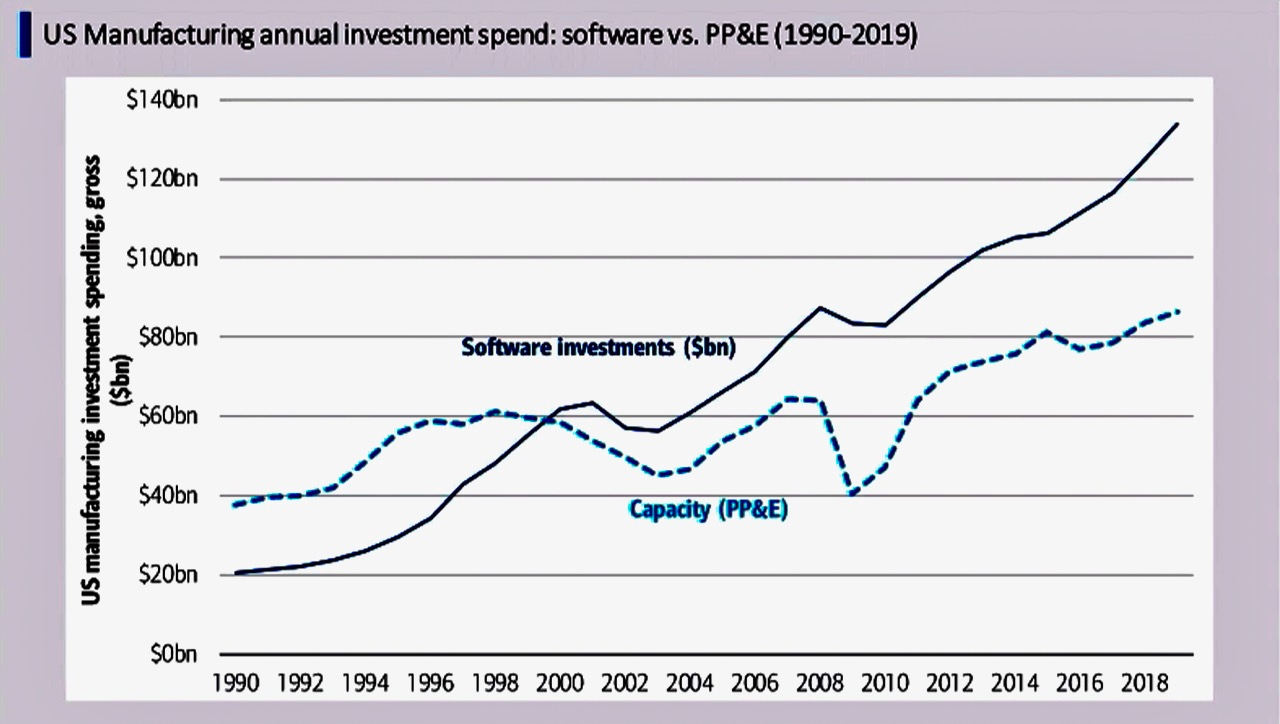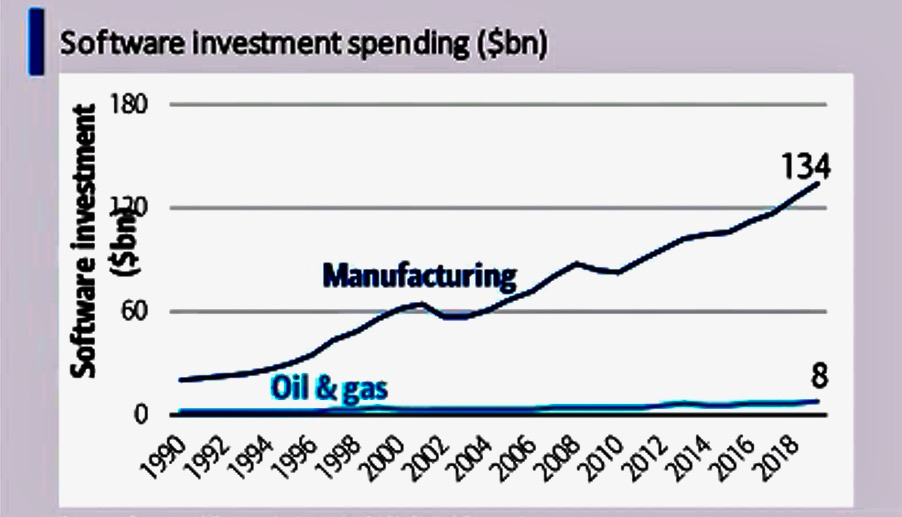
Hannover Milano Fairs Shanghai Ltd.
Add: 15F & Unit A 14F, Tower A, Infun World, No.308 Lanhua Rd, Pudong New District, Shanghai
Tel: 021-20557000 / 020-89554629 (Guangzhou Branch)
Email: sciif@hmf-china.com
Hannover Milano XZQ Fairs Shenzhen Ltd.
Tel: 0755-23207500
Email: jinsheng.chen@hmxzq.com
DONGHAOLANSHENG EXPO (SHENZHEN) CO., LTD.
Tel: 021-2206 8388
Email: SCIIF@shanghaiexpogroup.com
DONGGUAN DONGHAOLANSHENG HUIZHI EXHIBITIONCO,.LTD
Tel: 0752-3165631
Email: cmm86@cmm86.com
Hannover Milano Fairs Shanghai Ltd.
Tel: 021-20557000 / 020-89554629 (Guangzhou Branch)
Email: sciif@hmf-china.com
Hannover Milano XZQ Fairs Shenzhen Ltd.
Tel: 0755-23207500
Email: sciif@hmf-china.com
DONGHAOLANSHENG EXPO (SHENZHEN) CO., LTD.
Tel: 021-2206 8388
Email: SCIIF@shanghaiexpogroup.com
DONGGUAN DONGHAOLANSHENG HUIZHI EXHIBITIONCO,.LTD
Tel: 0752-3165631
Email: cmm86@cmm86.com
Hannover Milano Fairs Shanghai Ltd.
Tel: 021-20557000 / 020-89554629 (Guangzhou Branch)
Email: sciif@hmf-china.com
Hannover Milano XZQ Fairs Shenzhen Ltd.
Tel: 0755-23207500
Email: sciif@hmf-china.com
DONGHAOLANSHENG EXPO (SHENZHEN) CO., LTD.
Tel: 021-2206 8388
Email: SCIIF@shanghaiexpogroup.com
DONGGUAN DONGHAOLANSHENG HUIZHI EXHIBITIONCO,.LTD
Tel: 0752-3165631
Email: cmm86@cmm86.com
Hannover Milano Fairs Shanghai Ltd.
Tel: 021-20557000 / 020-89554629 (Guangzhou Branch)
Email: sciif@hmf-china.com
Hannover Milano XZQ Fairs Shenzhen Ltd.
Tel: 0755-23207500
Email: sciif@hmf-china.com
DONGHAOLANSHENG EXPO (SHENZHEN) CO., LTD.
Tel: 021-2206 8388
Email: SCIIF@shanghaiexpogroup.com
DONGGUAN DONGHAOLANSHENG HUIZHI EXHIBITIONCO,.LTD
Tel: 0752-3165631
Email: cmm86@cmm86.com
Hannover Milano Fairs Shanghai Ltd.
Tel: 021-20557000 / 020-89554629 (Guangzhou Branch)
Email: sciif@hmf-china.com
Hannover Milano XZQ Fairs Shenzhen Ltd.
Tel: 0755-23207500
Email: sciif@hmf-china.com
DONGHAOLANSHENG EXPO (SHENZHEN) CO., LTD.
Tel: 021-2206 8388
Email: SCIIF@shanghaiexpogroup.com
DONGGUAN DONGHAOLANSHENG HUIZHI EXHIBITIONCO,.LTD
Tel: 0752-3165631
Email: cmm86@cmm86.com


































